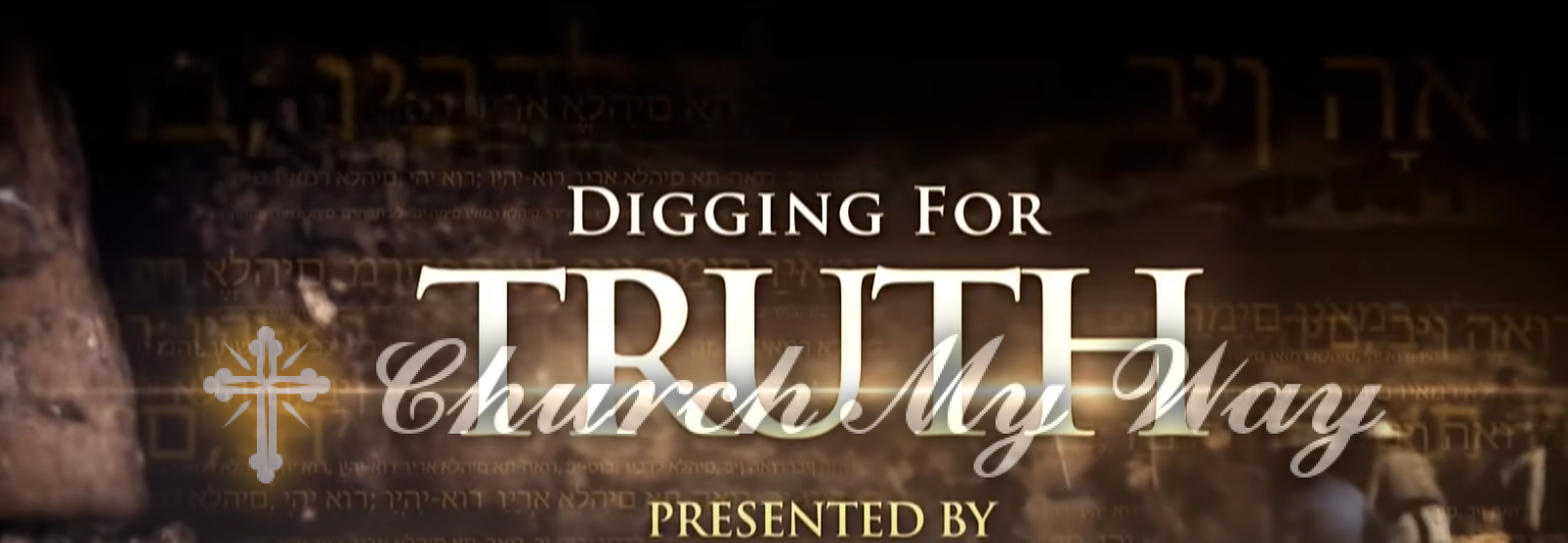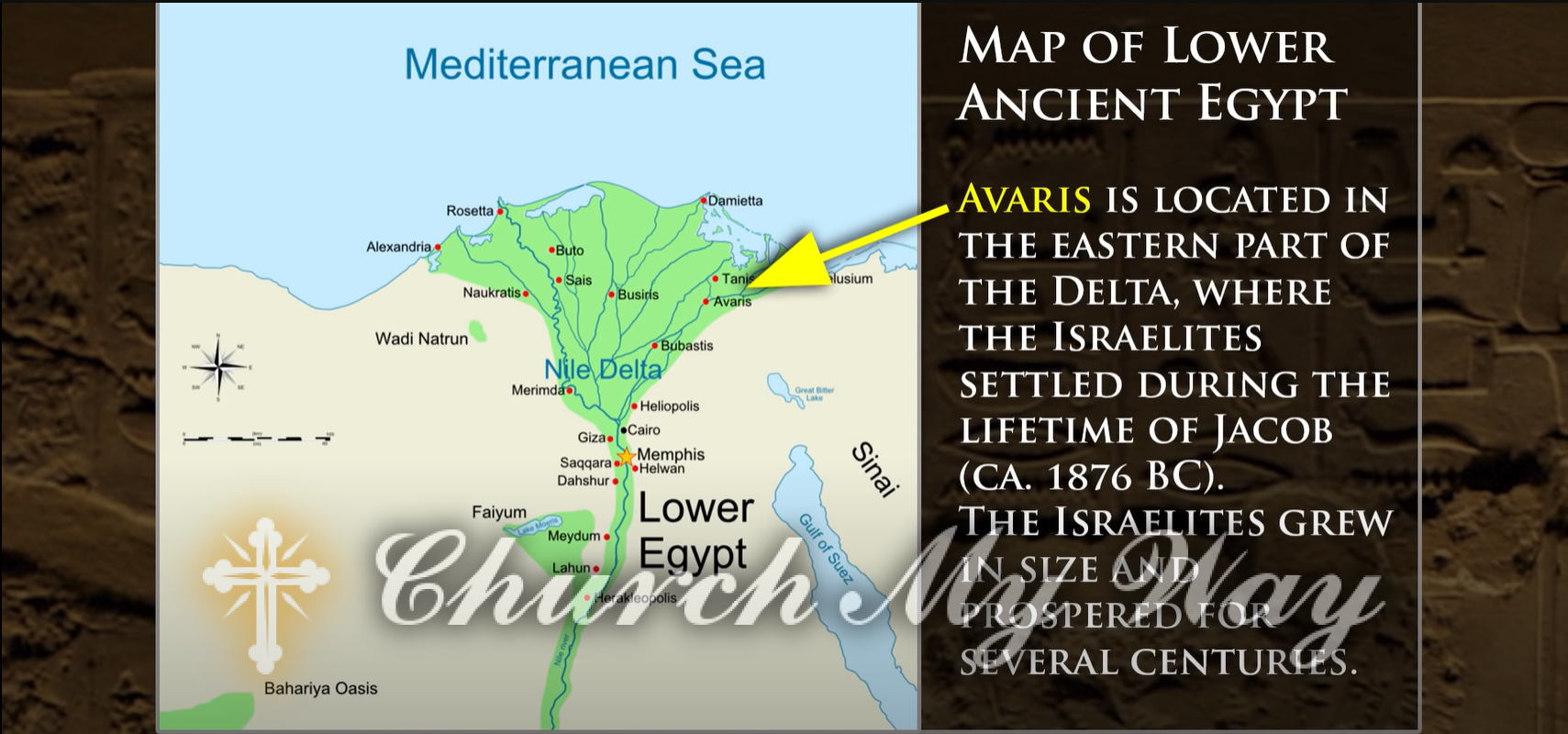Who was Pharaoh during the Exodus? Examining the Historical Record
Who was Pharaoh during the Exodus? The biblical Exodus story details the liberation of Israelite slaves from ancient Egypt under the leadership of Moses. This legendary account has raised debates among scholars about whether there are historical roots behind the narrative – and if so, who was ruling as Pharaoh during this pivotal period?
Identifying a specific Pharaoh linked to the Exodus is a tall task considering gaps or biases inherent in existing records from over 3,000 years ago. Nonetheless, historians have proposed a few prominent theories about the royal Egyptian figure that potentially served as the great oppressor from the Book of Exodus.
Main Theories on the Pharaoh of the Exodus Timeline
Theory 1: Ramses II
Ramses II stands as perhaps the most commonly named candidate for the role of Exodus Pharaoh. Many historians suggest that his rule aligns with the most likely timing for a large migration of Hebrew slaves from Egypt, based on interpretations of biblical chronology. Additionally, there are some indicative correlations between elements of the Exodus story and what is known about the reign of Ramses from the 19th Dynasty.
Key connections include the building of major cities said to have used Hebrew forced laborers, the possibility of major climate/agricultural fluctuations causing chaos in Egypt, and the growth of the warrior Amalekites who attacked wanderers from Egypt. While intriguing, the case for Ramses II also carries some inconsistencies around timelines given in scripture.
Ultimately the links are seen as eerie similarities by some scholars but still lack definitive physical evidence directly attaching this ruler to Moses’ liberation campaign.
Theory 2: Thutmose II
Another commonly cited candidate for Exodus Pharaoh is Thutmose II of Egypt’s 18th Dynasty. Like Ramses II, Thutmose II reigned during a window considered feasible for the biblical chronology of a mass Hebrew departure led by Moses. Additionally, there are notable actions
Thutmose took about Hebrew slaves which align with some scripture accounts. Most notably, after the death of his father Thutmose I, historical records suggest the new ruler ordered the deaths of all Hebrew male newborns thrown into the Nile river. This devastation facing the Israelite population shares similarities with the harrowing biblical scene of Moses narrowly escaping death in the Nile as an infant.
Beyond this background that sets the stage for Moses’ rise to leadership and negotiation over freedom for Hebrew slaves, other historical aspects of Thutmose II’s rule also fit as reasonable companions to events in the book of Exodus. However, like all the theories around this subject, ambiguity in records plus the immense span of years since the events leaves even seemingly credible options like Thutmose II without firmly persuasive proof.
Theory 3: Amenhotep II
As another option based primarily on speculated timelines matching up, some point to King Amenhotep II as the Pharaoh reigning during the biblical Exodus. Amenhotep II inherited rule in the middle of the Egyptian 18th Dynasty after the enormously impactful reign of his likely tyrannical and iconoclast father Akhenaten. Some scholars argue that after the tumult under Akhenaten, the subsequent years of Amenhotep II’s rulership track well against dates and backstory for Moses and his liberation of the Israelites from Egypt at a weak moment in its New Kingdom period history.
There are also certain actions tied to Amenhotep II’s rule that leave room for imagining how he may have interacted with Moses and allowed Hebrew slaves to escape Egypt. Early in his reign, Amenhotep II is said to have led major military campaigns abroad while likely leaving affairs of state bureaucracy second priority.
For proponents of the Amenhotep II theory, his distraction with army conquests could help explain the lapse that enabled the dramatic exodus of an entire abused minority population led by a resistant Moses. They argue opportunity existed in those years for Egypt’s Eyes to stray just long enough for the Israelites to slip away.
Supporting Evidence and Counter Arguments
Advocates of the above three theories rely primarily upon suggestive correlations and speculated timeline alignments between actions or conditions during each Pharaoh’s rule and the legendary events relayed in Exodus. But without more substantive physical proof directly corroborating this narrative with a specific ruler, even seemingly neatly corresponding aspects in the historical research can readily be shrugged off as nothing more than a convenient fiction.
Some elements commonly cited as strengthening the case for characters like Ramses II include references to the sudden rise of the warring Amalekites who ambushed and slaughtered wanderers from Egypt. For Thutmose II, the harrowing decree to kill Hebrew boys overtly mirrors what inspired the Moses family’s act of hiding him as an infant in Exodus.
And for Amenhotep II, his busy preoccupation with leading military campaigns abroad while perhaps overlooking affairs at home does seemingly lend feasibility for a stealthy mass departure of Israelites from the kingdom’s grasp.
Some argue that attempts to extract historical facts from the Exodus account are futile due to the lack of archaeological evidence. Skeptics dismiss efforts to match the story to actual political rulers or regional events, leaving it in the realm of myth rather than academia.
Instead, biblical Minimalists argue the story comprises legendary invented mythology crafted to give structure to early Israelites’ sense of identity – lacking any provable historical founding.
Ongoing Debates Between Historians
These debates around evidence (or lack thereof) tying the Exodus account to a specific Pharaoh remain heated in the field of ancient history and archaeology. Not only is there difficulty aligning Hebrew scripture records with less ambiguous physical evidence, but there is also continued disagreement around the proper interpretation of Egyptian writings and material finds that do exist from this age.
Approaches claiming to match mentions of names like Israelites in various ancient inscriptions or building records with events in Exodus rely on layers of speculative connection. But for believers in the underlying history surrounding the Moses narrative, the curiosity persists in analyzing the rulers in power during the late Bronze Age window when such a dramatic slave rebellion and migration plausibly occurred.
Scientific skepticism demanding physical proof remains strong outside theological circles. But within biblical archaeology debate continues simmering over the proper piecing together of various partial relics and records potentially shaping a clearer picture of Exodus through the veil of myth.
Conclusion
In the quest to pinpoint the unnamed Pharaoh ruling Egypt during the biblical Exodus, a few prime candidates have emerged without quite claiming consensus. Did Ramses II witness chaos and hardship that enabled the defiant prophet Moses to finally lead his people to freedom? Was Thutmose II the oblivious tyrant whose harshness backfired into mass rebellion?
Or were the Israelites able to escape instead during the inattentive years of Amenhotep II’s warring ambitions abroad? The list of theories based on the fragmented records of antiquity continues and will likely never result in a named Pharaoh celebrated or vilified singularly about Exodus.
Yet the lure of trying to historically situate the Exodus saga – whether due to faith or skepticism – persists as new archaeological riddles and finds periodically shift or add complexity to the debate. For those focused on validating biblical scripture literally, the search for the Pharaoh of the Exodus seeks to transform the religious narrative into a historical account.
However, for those more suspicious around the origin mythology in scriptures, the fascination lies more in analyzing how and why such national founding stories coalesced – and whether fragments of reliable history can ever be accurately puzzled together after millennia of uncertainty.
References
“Passover.” Wikipedia, Wikimedia Foundation, 17 Dec. 2022, https://en.wikipedia.org/wiki/Passover. Accessed 4 Jan. 2023.
Redford, Donald B. “Moses, Passover and Exodus.” In The Oxford History of the Biblical World, Oxford University Press, 1998.
In the passage:
These debates around evidence (or lack thereof) tying the Exodus account to a specific Pharaoh remain heated in the field of ancient history and archaeology. Not only is there difficulty aligning Hebrew scripture records with less ambiguous physical evidence, but there is also continued disagreement around proper interpretation of Egyptian writings and material finds that do exist from this age (Redford, 1998).
Approaches claiming to match mentions of names like Israelites in various ancient inscriptions or building records with events in Exodus rely on layers of speculative connection. But for believers in the underlying history surrounding the Moses narrative, the curiosity persists in analyzing the rulers in power during the late Bronze Age window when such a dramatic slave rebellion and migration plausibly occurred (Passover, 2023). Scientific skepticism demanding physical proof remains strong outside theological circles.







